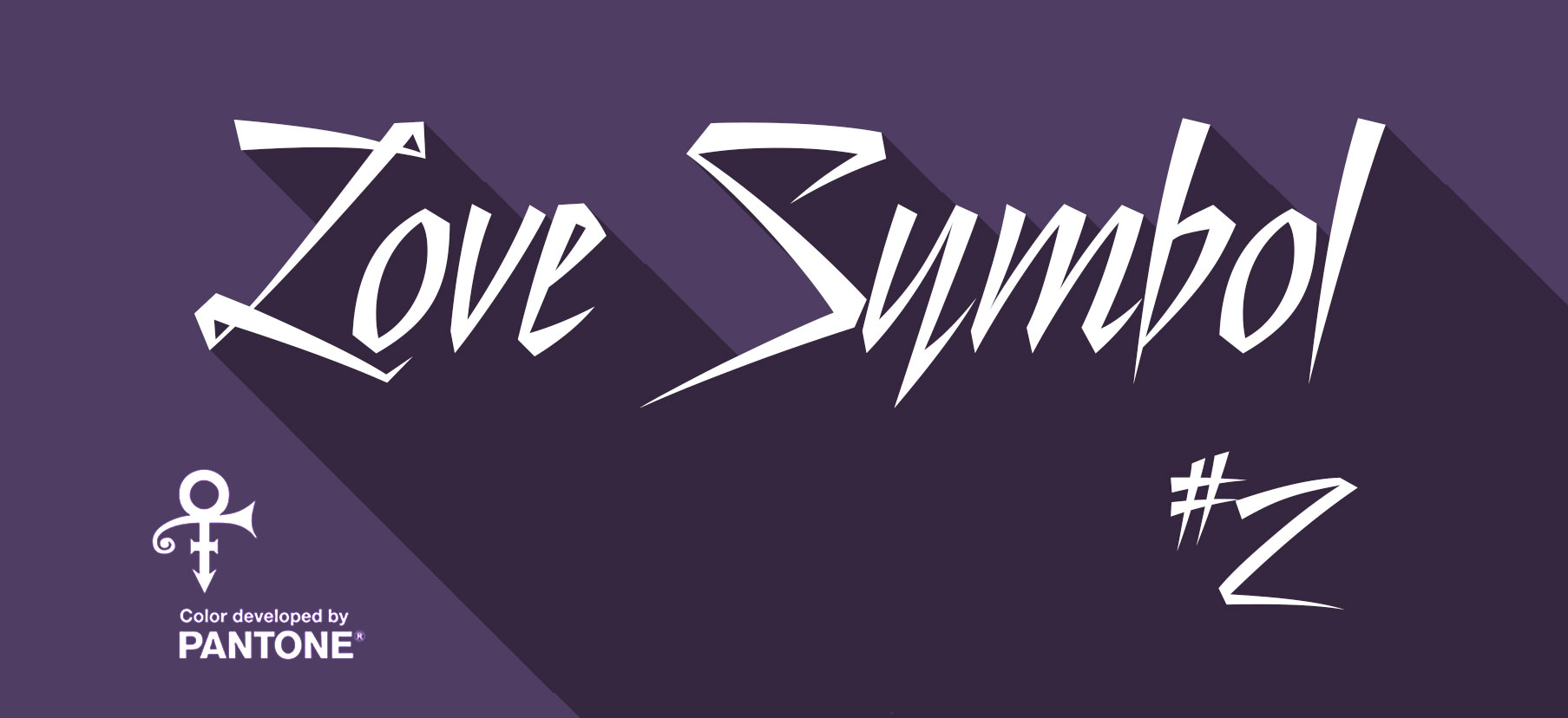
We see them all over Facebook, Twitter, and Instagram, and recently they returned to LinkedIn. They’re hashtags, and ever since the first one appeared on Twitter in 2007, they’ve reigned as social media users’ favorite tool for starting and joining conversations.
For social media marketers, hashtags offer the chance to increase your reach, attract new followers, and gain new customers — as long as you use them wisely.
Even marketing powerhouses can get hashtags horribly wrong … and suffer the consequences. During the “Arab Spring” uprising, for example, news organizations and tweeters around the world used the hashtag #Cairo to keep up with the latest developments. The marketing team at Kenneth Cole tried to capitalize on the tag’s popularity with an ill-advised tweet reading “Millions are in uproar in #Cairo. Rumor is they heard our new spring collection is now available online.”
Cole was widely criticized for their insensitivity and they issued an apology soon after. But the damage had already been done, and some say the brand still has not recovered.
So if you’re looking to grow your brand on social media with hashtags, make sure you’re aware of the do’s and don’ts.
Just Getting Started With Hashtags?
If you’re new to the whole hashtag thing, you’ll want to check out a good tutorial and learn the basics of how they function. SproutSocial offers a good overview of how hashtags work on each social network, and HubSpot’s hashtag tutorial is worth a read as well.
Hashtag Do’s
- Do your homework. Spend some time on your preferred social networks to discover which hashtags are trending in conversations related to your product or service. Search for your targeted keywords and see which hashtags tend to appear in the posts that turn up.
- Do be specific. Think about the target audience you’re trying to reach and the specific types of conversations they’re likely to follow. If you’re marketing for a beauty salon, for example, the hashtag #hair is too broad to drive much targeted engagement, but #fallhairstyles can attract users looking for style ideas for the fall season.
- Do appeal to local audiences. If yours is a local business, use hashtags specific to your city or neighborhood. For example, if you run a restaurant in the Lakeview area of Chicago, including both #lakeview and #chicago in your tweets will increase your chances of coming up in searches related to the area.
- Do tailor hashtag use to the social network. Hashtags work similarly across Twitter, Instagram, Facebook, and LinkedIn, but each network has its own set of best practices for using them. Learn the hashtag norms for each social network and adjust your hashtag use accordingly.
Hashtag Don’ts
- Don’t overuse them. Posts that are jam-packed with hashtags look spammy and are less likely to attract the audience you’re trying to appeal to. Aim for no more than three per post; if you want to see which hashtags work best, try some controlled A/B testing and see what results.
- Don’t be insensitive. Unless you’re chiming in to offer genuine condolences, support, or encouragement, stay away from hashtags involving natural disasters or other situations that could lead to loss of life or property. (Remember the Kenneth Cole incident.)
- Don’t use all caps in hashtags — ever. Sometimes brands make the mistake of using all caps in their hashtags to make them stand out … and they do, but not in a good way. Using all caps in social media is the equivalent of yelling, so unless your hashtag is an acronym, keep it lower case.
In social media marketing, growing your brand awareness — the right kind of brand awareness — is the name of the game. By using hashtags wisely and strategically, you can create positive impressions for your brand as you work your way into targeted searches and conversations. Once you have a good handle on what works — and know how to steer clear of what doesn’t — you’ll be wielding hashtags like a seasoned pro … and reaping the rewards.






